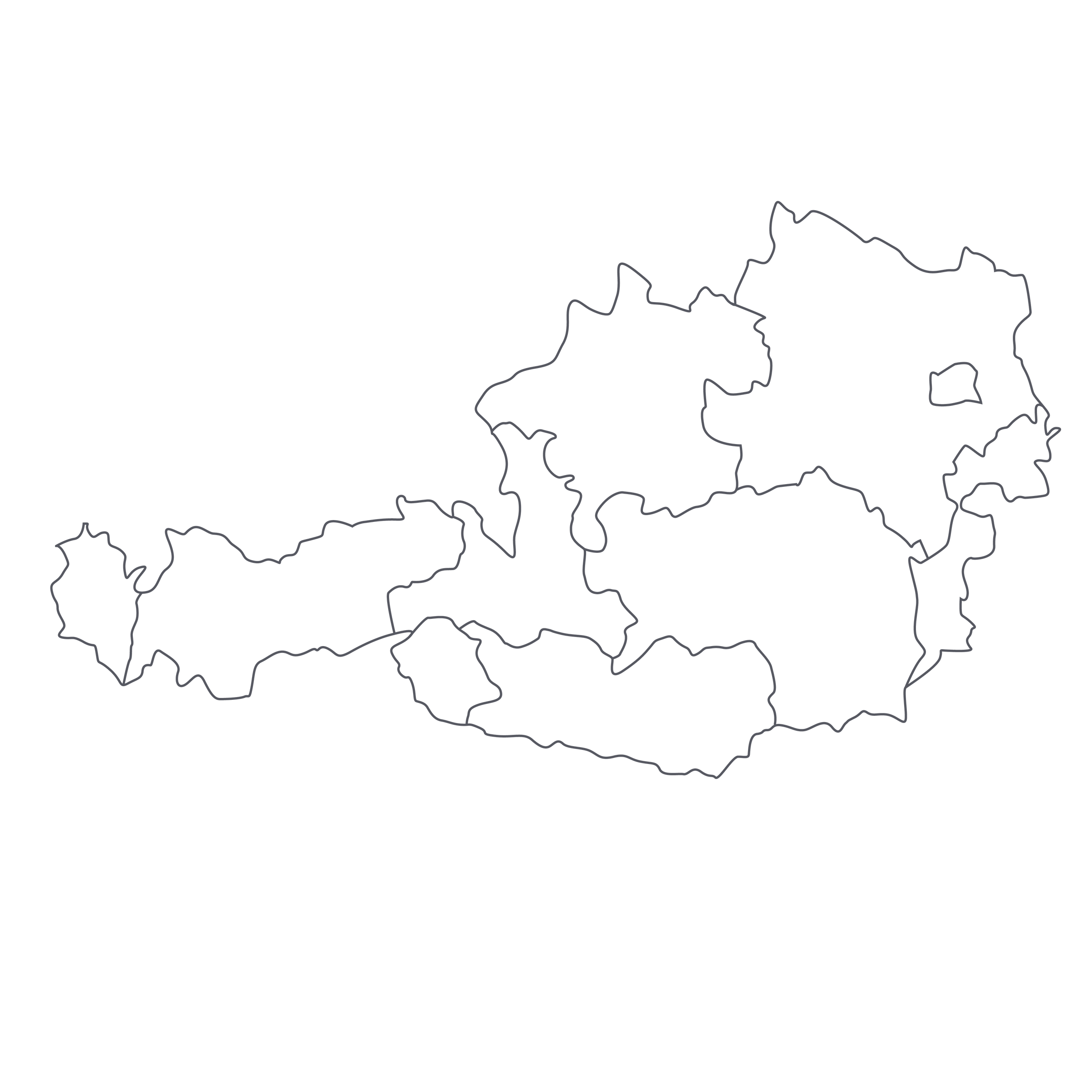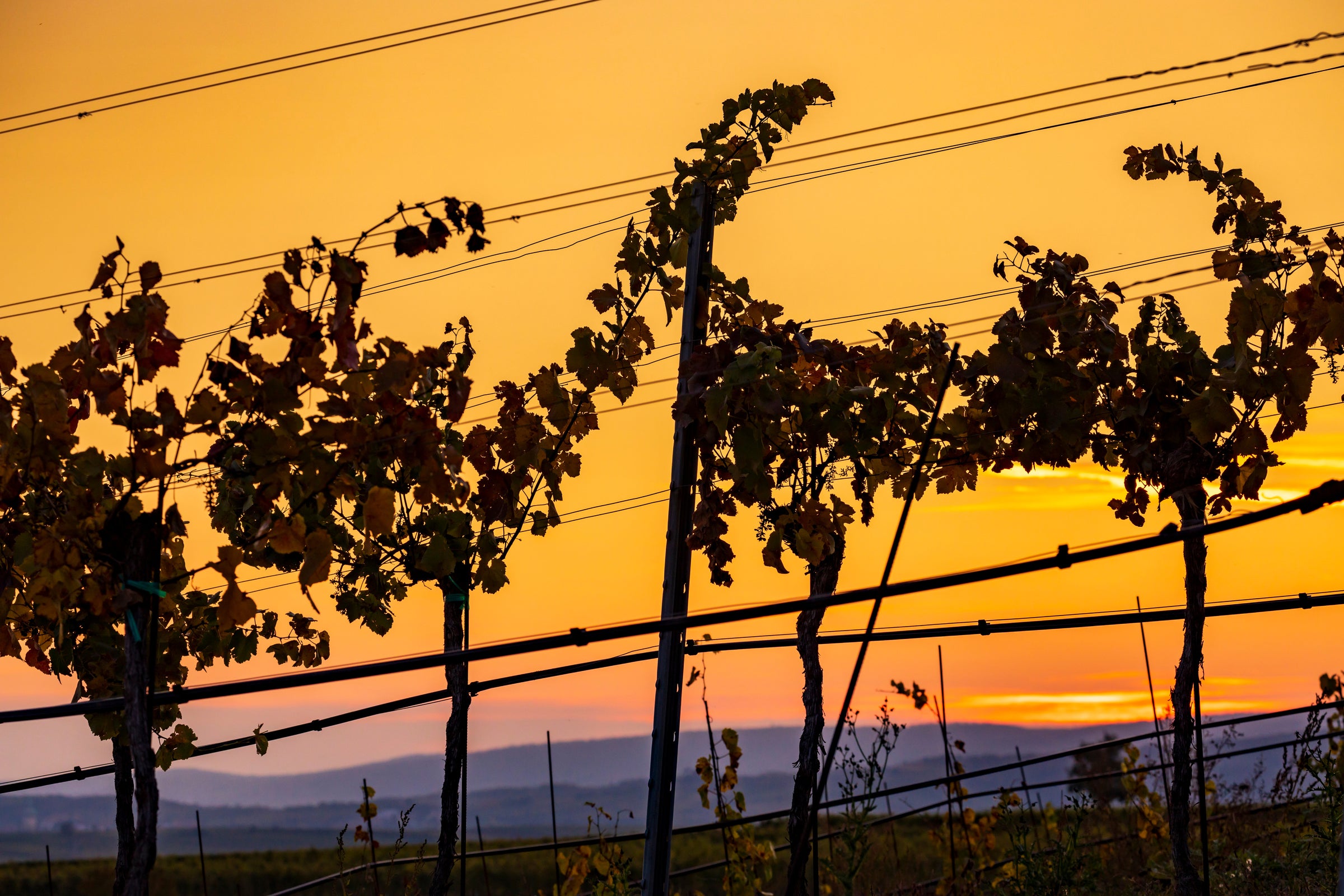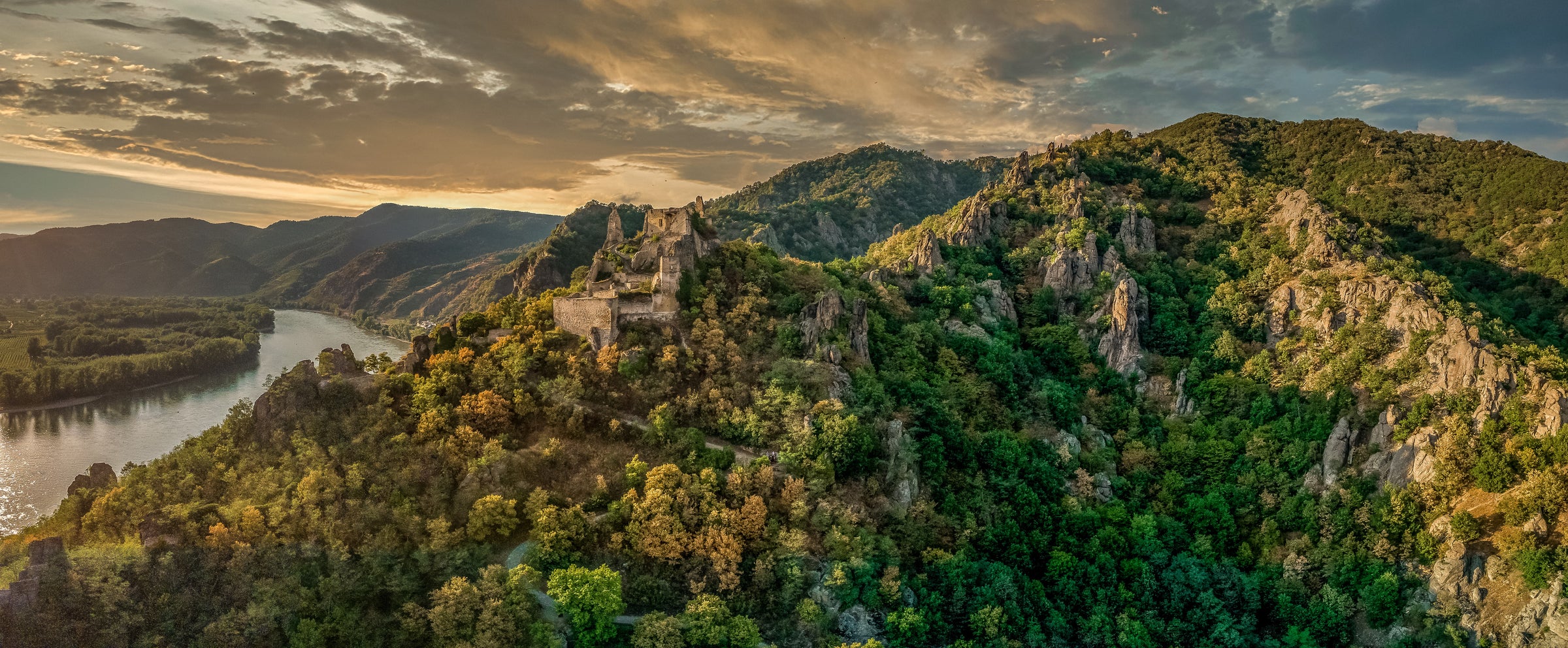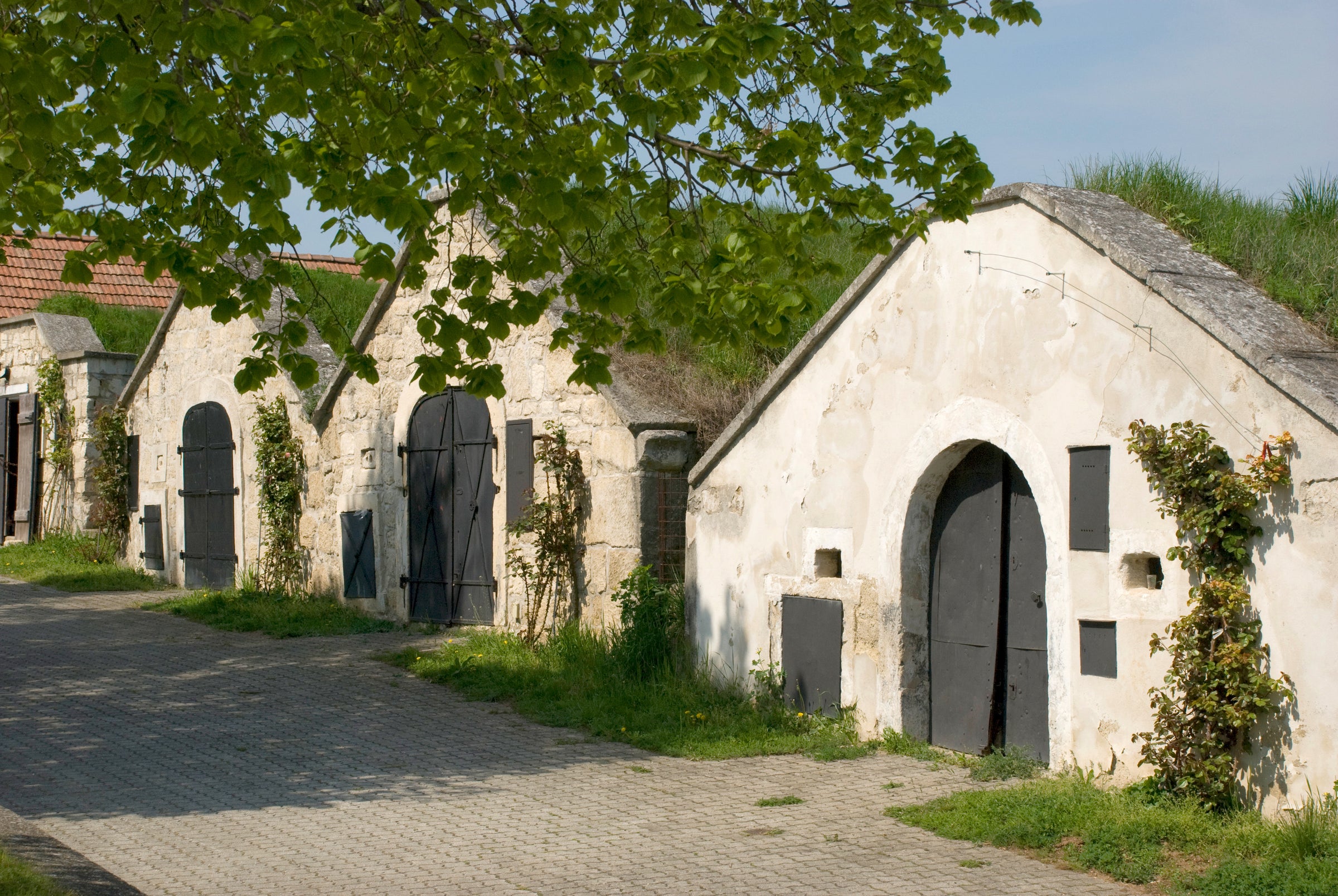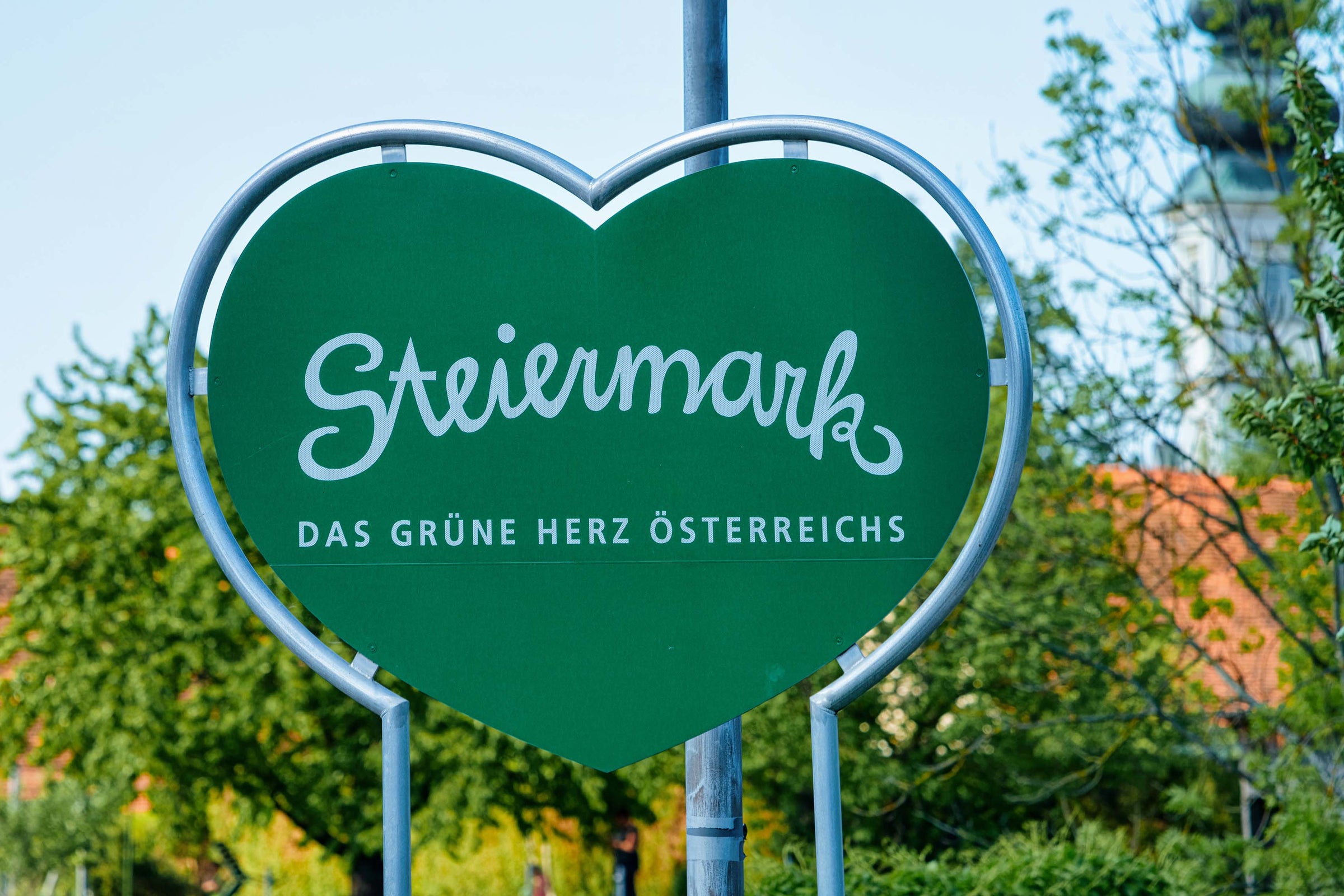Due to an inexhaustible combination of wines/regions, it’s fair to say we’ve failed to give proper recognition to many of them. But Austria? We’re proud to say we have it thoroughly covered. Unless purposely choosing to turn a blind eye, the swelling movement of artisanal producers across all corners of the country has become unavoidable. These are some of the most compelling wines being produced in the world, and those handcrafted by Michael Wenzel in the small town of Rust are among our favorite wines of the moment—although his family has been making wine here since 1647!
Today’s 2020 “Voodoo Child” is the standout cuvée in his limited “Wild+Free” series which follows the philosophy of “nothing added, nothing removed, bottled alive.” Yes, this is a skin-contact white, which technically qualifies it for the “orange wine” moniker, but after draining our sample bottle, the closer analog is a crisp, thirst-quenching red. The product of meticulous organic farming and unmanipulated cellar work, this is a singular white/red/rosé—it shares qualities with all three—that awakens the deepest, most visceral emotions in sommeliers like us. Its jaw-dropping freshness, hint of tannin, and super-charged layers blend together so seamlessly, instantly making it one of the year’s most unique and thoroughly restorative pleasures.
A quick note before diving into the rest: Despite the fanatical worldwide craze for skin-contact and/or “natty” wines, we only offer a small handful of them every year. These wines can be brilliant, but they can also be improperly or hastily made, which is why our selection process has been so strict. So, it should go without saying that today’s “Voodoo Child” floored our entire team. It’s a deeply refreshing and highly stimulating wine.
Currently run by 12th-generation Michael Wenzel, this ancient Austrian estate is all about respecting nature and harnessing the purities of each grape. Each bottle crafted here is a painstakingly manual process, so while every wine is indeed breathtakingly pure, quantities are always extremely limited. It’s quite easy to understand why when you step into Wenzel’s ancient cellar in the lakeside town of Rust—it’s as if you’ve entered a time portal. It’s well over 400 years old, and with a century-old hand-crank press, weathered oak barrels, and tiny doorways carved from subterranean stone, you may find yourself feeling like Robin Williams in Jumanji, asking “what year is it?”
Today’s “Voodoo Child” is one of the finest examples of the expertise, authenticity, and purity that goes into each wine. It comes from a small parcel of organically farmed Pinot Gris that Michael gently hand harvests and transports back to the winery where, instead of immediately pressing out the juice, the grapes stay in brief contact with their skins—the reason today’s wine flaunts such a gorgeous light ruddy hue. Fermentation occurs with ambient, airborne yeasts and without the addition of sulfur. Upon completion, the wine is transferred into neutral oak barrels for eight months. It is then bottled unfined, unfiltered, and with a microscopic dose of sulfur.
Even though we’ve already explained the wine’s mesmerizing color, I must reiterate that this is unlike any orange wine you’ve ever had. It has a slightly hazy (unfined/unfiltered), vivid rust-red core that is bound to redefine your perception of Pinot Gris. Secondly, like the wines of Jean-François Ganevat, there are zero traces of imperfection. The wine is breathtakingly fresh without any funk or fuzziness. It’s crunchy, savory, buoyant, and vibrantly perfumed. Therefore, I recommend you wrangle all of your geeky, (wine) adventure-seeking friends and slowly explore this bottle from start to finish. After a brief 15-minute decant—don’t be afraid to splash it around—serve in all-purpose stems around 50-55 degrees and get ready for the fireworks. The nose reveals wild raspberry, pomegranate seeds, green strawberry, rose stem, rhubarb, grapefruit rind, redcurrant, blood orange zest, crushed wet stone, and a hint of herbaceousness. The medium-bodied palate is tantalizingly refreshing with crisp, crunchy layers of taut red berry fruit and a fine backbone of pulverized minerals. This is among the purest, one-with-nature wines you can find! Enjoy frequently now and over the next three years. Cheers!
